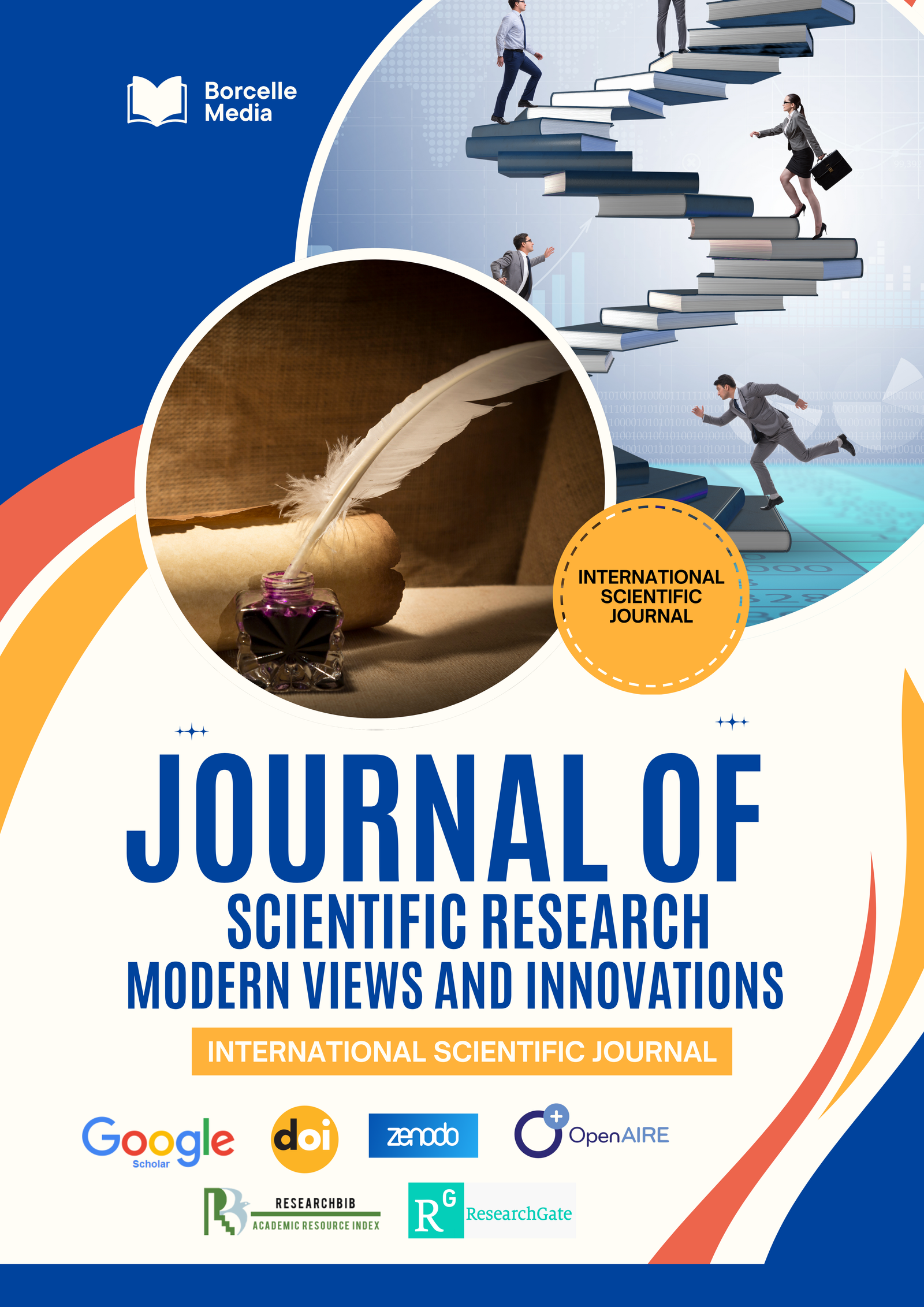FOLK-MEDICINE TERMS AS A WINDOW TO ENGLISH CULTURAL SPECIFICITY.
Keywords:
folk medicine, English language, cultural specificity, cultural history, medical anthropology, semantics, metaphor, ethno-linguistics.Abstract
Folk medicine terms in the English language carry with them a unique cultural lens. A study into their etymology, semantic shifts, and metaphorical underpinning may go a long way toward suggesting something of value regarding the historical, social, and psychological position of the Anglophone cultures. The present study is going to attempt to explain how terms denoting common ailments, treatments, and prevention form some sort of tapestry of beliefs, values, and fears that have shaped English culture through many centuries.
References
1. Foster, S. W. 1995. An ethnography of illness: Studies in the social history of medicine. Yale University Press.
2. Helman, C. G. 2000 Culture, health and illness. 4th ed. Butterworth-Heinemann.
3. Mintz, S. W. 1985 Sweetness and power: The place of sugar in modern history. Penguin Books
4. Todorov, T. 1980 The conquest of America: The question of the other. Harper & Row
5. Wierzbicka, A. 1992 Semantics, culture, and cognition: Universal human concepts in culture-specific ways. University of Chicago Press.
6. Jabbarovna, S. N. (2020). Types and usage locative sennas in english and uzbek languages. International Journal of Scientific and Technology Research, 9(3), 1844-1854.
7. Khujakulov, R. 2024 The Rich Tapestry of Folk Medicine Terminology: A Reflection of Cultural Specificity in English. Miasto Przyszłości, 55, 1619-1621.
8. Khujakulov, R. 2024, November). Derivation of Lexical Units Related to Folk Medicine in English and Uzbek Languages. Conference Proceedings: Fostering Your Research Spirit, pp. 555-556.





